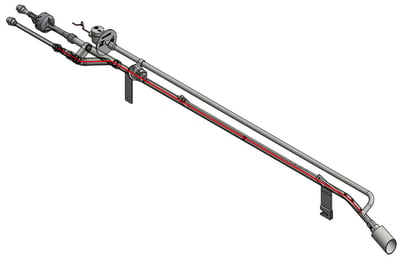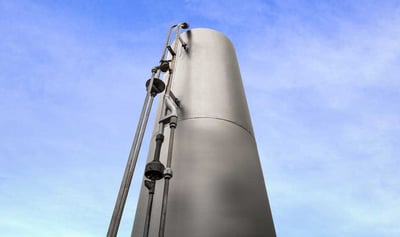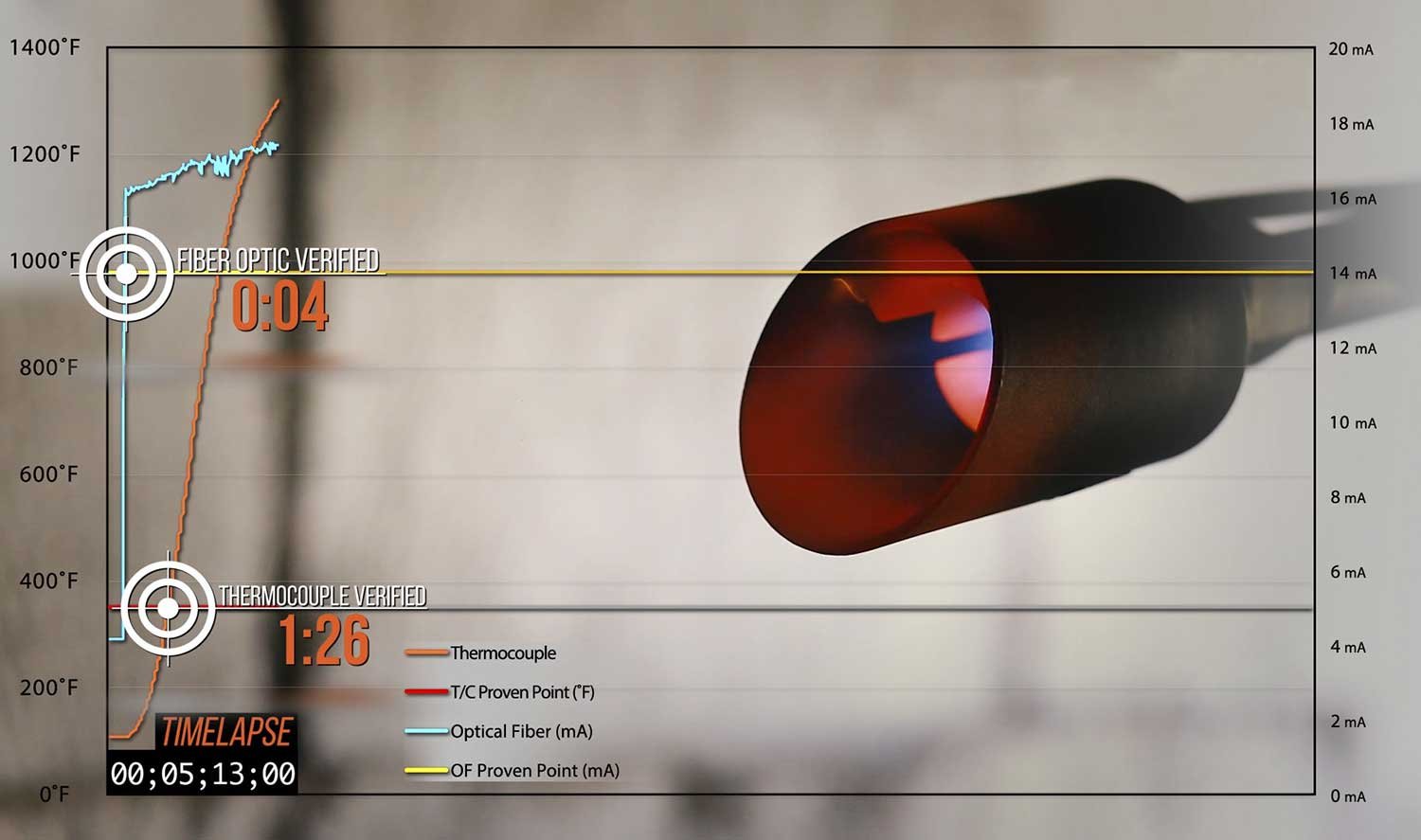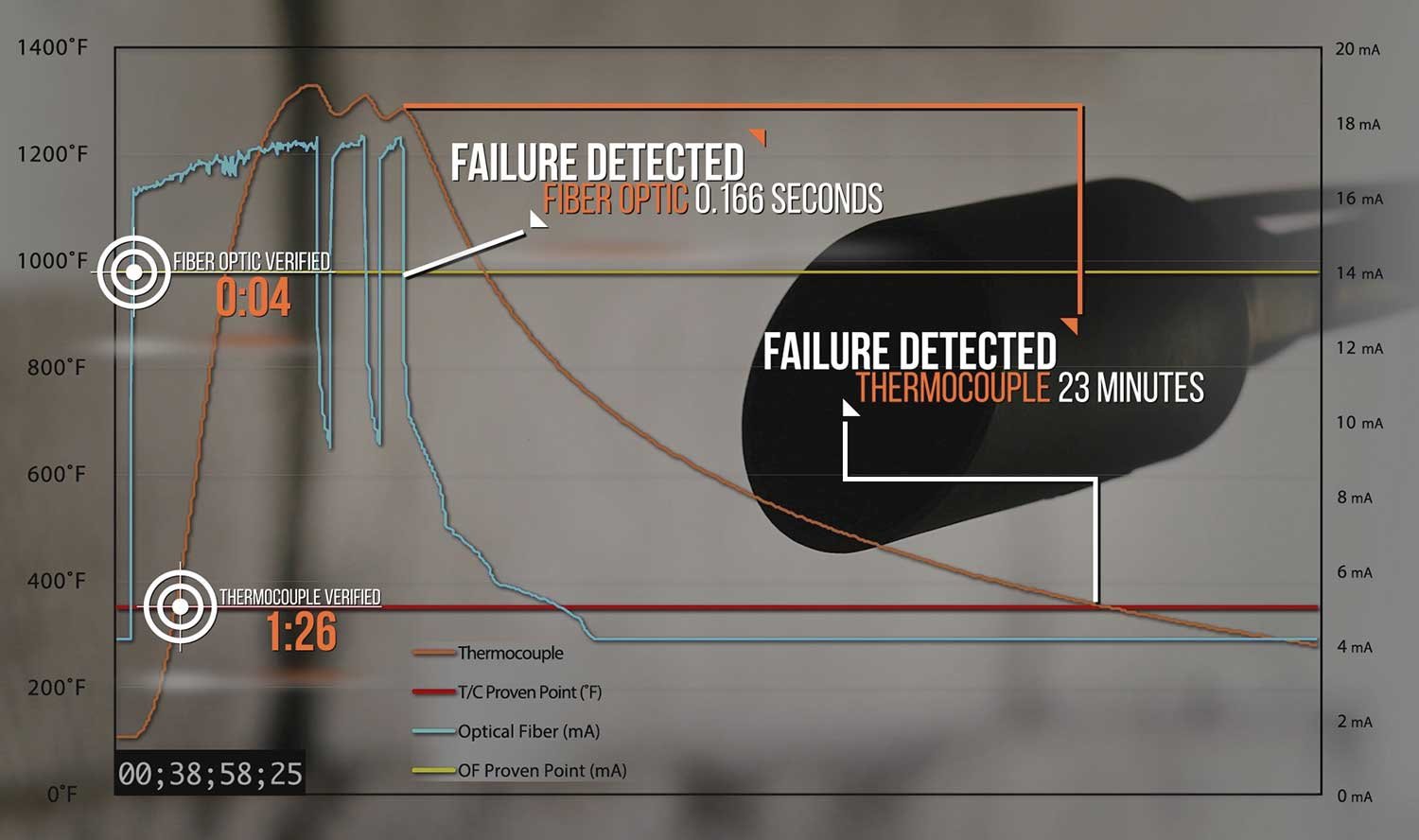Focus on Flare Pilots
CATEGORIES:
Clayton A. Francis, Zeeco Inc., USA, discusses the requirements of modern flare pilot detection systems.
Within a plant, whether for hydrocarbon production, transport or processing, a flare is a required safety relief device. Flares function to combust flammable and toxic gases being relieved in an emergency manner to protect the safety of the plant and the people nearby. An imperative component of the flare system is the pilot because an ignited pilot ensures proper ignition of those emergency flare reliefs. Without a reliable pilot, releases could potentially vent to the atmosphere – with environmental, personnel safety and explosive consequences. Determining the status of the flare pilot is of critical importance, and in many facilities around the world is also a legal mandate.
Existing pilot detection technology shortcomings
Prior to the advent of reliable fibre optic detection, the oil and gas industry relied on thermocouples to determine the status of combustion. This has generally been a trusted approach for the typical task, but distinct shortcomings exist when thermocouples are used to detect pilot flames. End-users of combustion equipment have identified several challenges relating to traditional pilot detection technologies. Due to these drawbacks, criteria for a new flare pilot solution have sifted to the surface. This article will discuss this criteria in greater detail.
Accurate discrimination among individual pilot flames
Sophisticated flare vendors position the thermocouple so that it is most responsive to the flare pilot flame as separate from the general flare flame. This way, an exclusive pilot status is relayed to the control system in most operations. However, because thermocouples detect heat, even the most competent systems are subject to false positive pilot indications on the downwind side of the flare when the pilot can become heat-saturated by flame impingement. Safe operation of the flare is best ensured by the discrete identification of each individual pilot status, but, at times, that is simply not available with thermocouples.
A Robust or Maintainable Solution That Lasts Between Turnarounds
While thermocouples are one of the more robust technologies applied for pilot detection, they are ultimately still a consumable technology. Zeeco protects and preserves the integrity of a thermocouple through an integrated thermowell in the pilot housing, strategic placement, shielding, and insulation. However, many plants are pushing turnarounds beyond five years, so even with those protection measures, thermocouples will statistically need replacing inside the window. Most thermocouples are a fixed type that can only be serviced when the flare (and therefore the plant serviced by the flare) is shut down and unproductive. Retractable thermocouple systems largely overcome the challenge of thermocouple maintenance and accessibility, but those exist in a small minority of all flare installations.
Instantaneous Signal of Flame/No Flame per Pilot
The call for instantaneous detection of the pilot status has been mounting over the years. A pilot may go out and, even without the presence of a flare flame, it can take several minutes for the thermowell and pilot shield to cool to below the thermocouple switch point, which only then signals ‘no pilot flame’ to the operator. If the flare is utilising a combustible purge gas, the downwind pilot thermocouple could potentially never cool enough to register a non-functioning pilot. Even with slope-programming, multiple switch points, or analog transmission of the temperature signal, the pilot thermocouple does not immediately indicate the true pilot status. While this drawback is largely understood and has been accepted in the industry in the past, the potential safety and environmental consequences of delayed signal is now a growing concern.
Accurate Discrimination Between the Pilot and Flare Flame
Other technologies are applied in an effort to overcome the perceived shortcomings of thermocouples, but these, in turn, introduce other operational and functional problems. On occasion, a flare has lost most or all of its thermocouple pilot signals several months or years before a planned maintenance outage could replace the damaged equipment. As a stop-gap measure to get some indication of pilot presence, operators can install an infrared (IR) monitor, mounted at grade. While the flame signal is instantaneous and the equipment is easily maintained with the flare online, the signal often does not discriminate among the pilots or between the pilot flames and the flare flame. A general flame indication is given, but one or more of the pilots may not actually be functioning. The operator is given a false sense of security by the false positive reading.
What About Flame Ionisation Rods?
Flame ionisation rods can be applied to individual flare pilots, and by doing so, a discrete, instantaneous individual pilot signal is given. However, the open environment of a flare is a more severe application for flame rods than the typical heater installation, and industry experience has generally indicated that flame rods cannot be expected to function reliably between shutdown opportunities. Other less common techniques exist but these can fall short of the complete objective of quick, accurate, and highly durable pilot detection.
Fibre Optic System Design
Nearly everyone today is familiar with the ease of taking a picture with a smartphone. In fact, the quality and clarity of amateur photos taken today via smartphone can rival that of portable professional equipment of 30 years ago. Fibre optic technology – using pulses of light travelling down a thin glass or plastic core cable or fibre – has been in use for decades to transmit data over long distances.
Employing optical detection technology in pilot flame detection in not an uncommon practice. However, those systems today typically ‘watch’ the flare flame from a distance and have trouble discriminating among the pilot flames and the flare flame. To address this challenge, the Zeeco VerifEYE fibre optic pilot monitoring system uses fibre optic technology, integrally mounted in the flare pilot, to relay the pilot ignition status of each unique pilot flame to an at-grade monitor in real time. An optical sensor in the monitor discerns pilot status and controls pilot ignition and function.
Much of the development effort for successfully employing fibre optic technology in this way had to be focused on the critical upper 10 ft located within the flare’s heat affected zone (HAZ). Any equipment located in the HAZ must withstand the extreme temperatures that are present while detecting the flame over a significant lifespan. Engineers have solved this challenge by centering the fibre optic assembly in the air-gas pre-mix piping (Figure 1). The continuous flow of air and gas during operation creates a thermal barrier against combustion temperatures. Unlike other technologies such as thermocouples and flame rods, fibre optics are not in contact with the flame as the receiving end of the fibre terminates safely short of the gas tip. Even though the sensor assembly is protected from the HAZ, specialised fibres and ceramics ensure the equipment can withstand the heat, as well as the pilot itself.

Figure 1. Path of fibre optics (red line) through pilot assembly, showing the thermal barrier provided by the flow of air and gas to the pilot. This shows the ‘collection’ end of the sensor at a protected distance from the combustion zone.
Mechanical fasteners and connectors were selected for this fibre optic pilot monitoring system, taking into consideration gas sealing, thermal movement, and field assembly to ensure durability and ease of use. The system employs a modular assembly of durable fibre cable segments for ruggedness, affordability, and ease of installation for fitting the cable down the flare stack (Figure 2). The aggregate effect of these design aspects creates a pilot monitoring system that requires no regular or anticipated maintenance between plant shutdowns. The maintainable electronics are at grade, out of the HAZ, and easily accessed while the flare is in service.
 Figure 2. Flare stack, showing the mounting of assembly containing integrated fibre optic cable bundles.
Figure 2. Flare stack, showing the mounting of assembly containing integrated fibre optic cable bundles.
The narrow viewing angle of the fibre focuses on the back of the pilot nozzle where pilot flame is stabilised. The whole view of the fibre is saturated with IR energy, which is collected and transmitted to grade. The total amount of IR signal available to the sensor at grade is three orders of magnitude greater than the minimum switch point volume, meaning normal degradation of the equipment over time will not inhibit the system’s ability to determine pilot status. In addition to the fibre optic sensor focusing on individual pilots, the monitor at grade incorporates flame flicker technology to discern between the pilot and flare flame. Since the pilot flame is pre-mixed with air and exiting through small orifices, it has a rapid frequency ‘flicker’ discernible by the optical detector, which differs from the slower pulsation of the flare flame. Software within the optical monitor then eliminates lower frequency flicker and can discriminate between pilot and flare flames. No false positive pilot signal is given, and operators are alerted to potential problems before they can manifest as an extinguished flare flame.

Figure 3. Fibre optic system verification of the pilot flame happens in 4 sec. Thermocouple verification of the pilot flame happens in 1 min. 26 sec.

Figure 4. The fibre optic system verifies multiple pilot failures and successful reignitions. The thermocouple does not reach set switch point during the intermittent failures. The system registers final failure 0.166 sec. after it occurs and the thermocouple registers a failure 23 min. after the final failure occurs.
Conclusion
Advancing technology is what consumers have come to expect out of electronics, and it is what the process industries should demand out of safety equipment. Precise, durable and instantaneous flare pilot flame signal is possible through the next generation of pilot detection technology.
Download Article